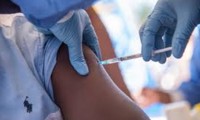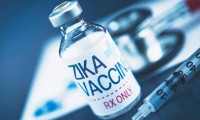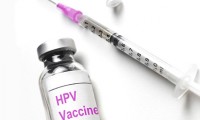-
How are Vaccines Stored?
- Source: drugdu
- 941
- December 6, 2020
-
Why do Vaccines need to be Refrigerated?
- Source: drugdu
- 1,179
- December 5, 2020
-
BioNTech & InstaDeep launch AI innovation lab for next-generation vaccines and biopharmaceuticals
- Source: drugdu
- 692
- November 28, 2020
-
What ingredients are in vaccines?
- Source: drugdu
- 1,638
- December 17, 2019
-
World Immunization Week 2019
- Source: drugdu
- 1,571
- May 16, 2019
-
Effectiveness of HPV Vaccination in Women Under 20
- Source: ScienceDaily
- 1,027
- August 9, 2018
-
Setup of Refrigerators in Congo for Maintaining Ebola Vaccines
- Source: Reuters
- 718
- August 8, 2018
your submission has already been received.
OK
Subscribe
Please enter a valid Email address!
Submit
The most relevant industry news & insight will be sent to you every two weeks.













